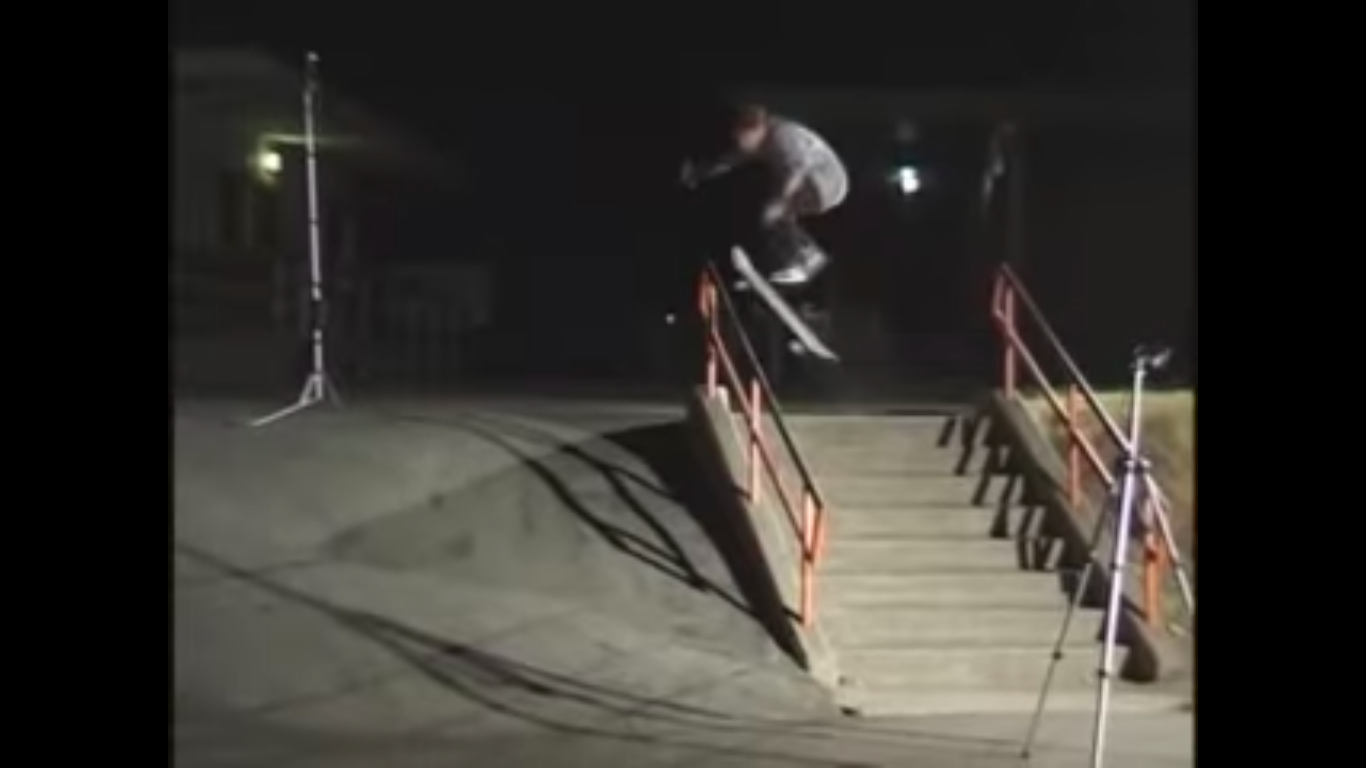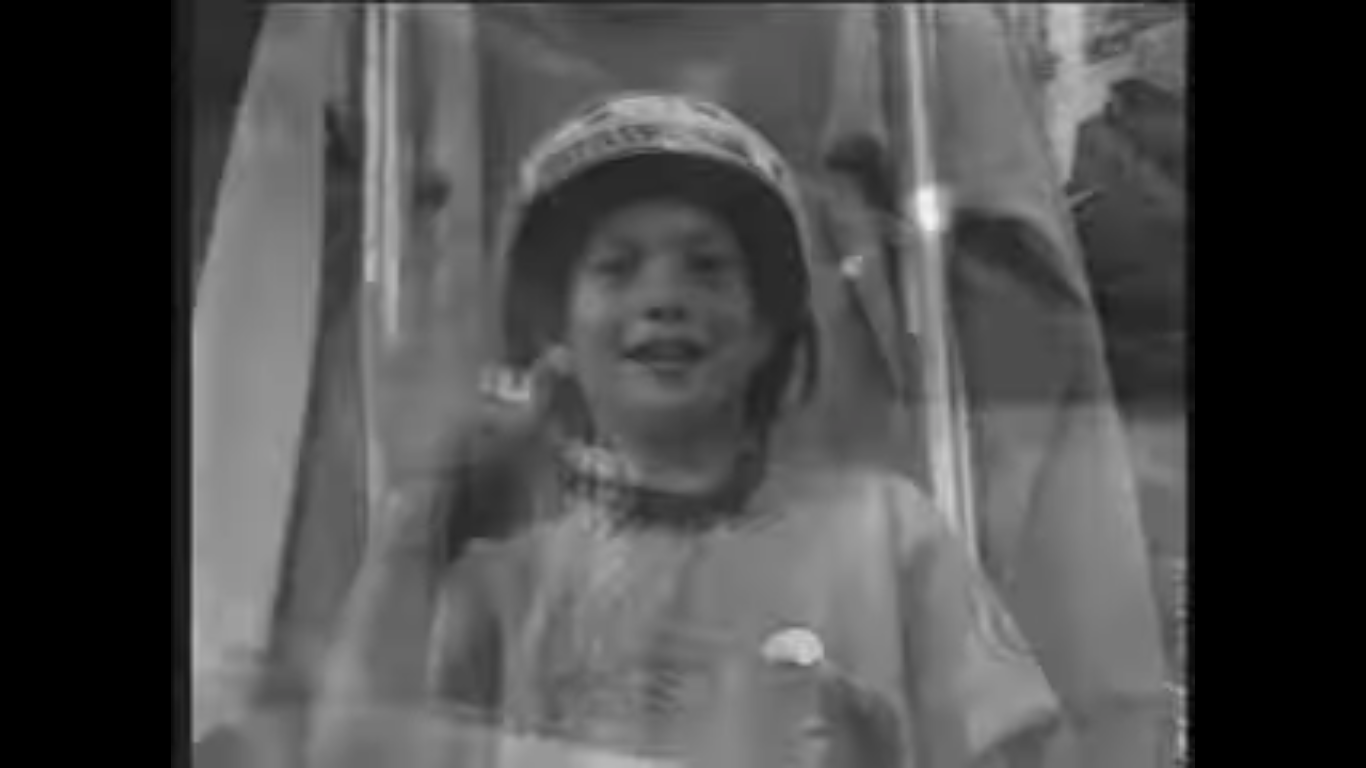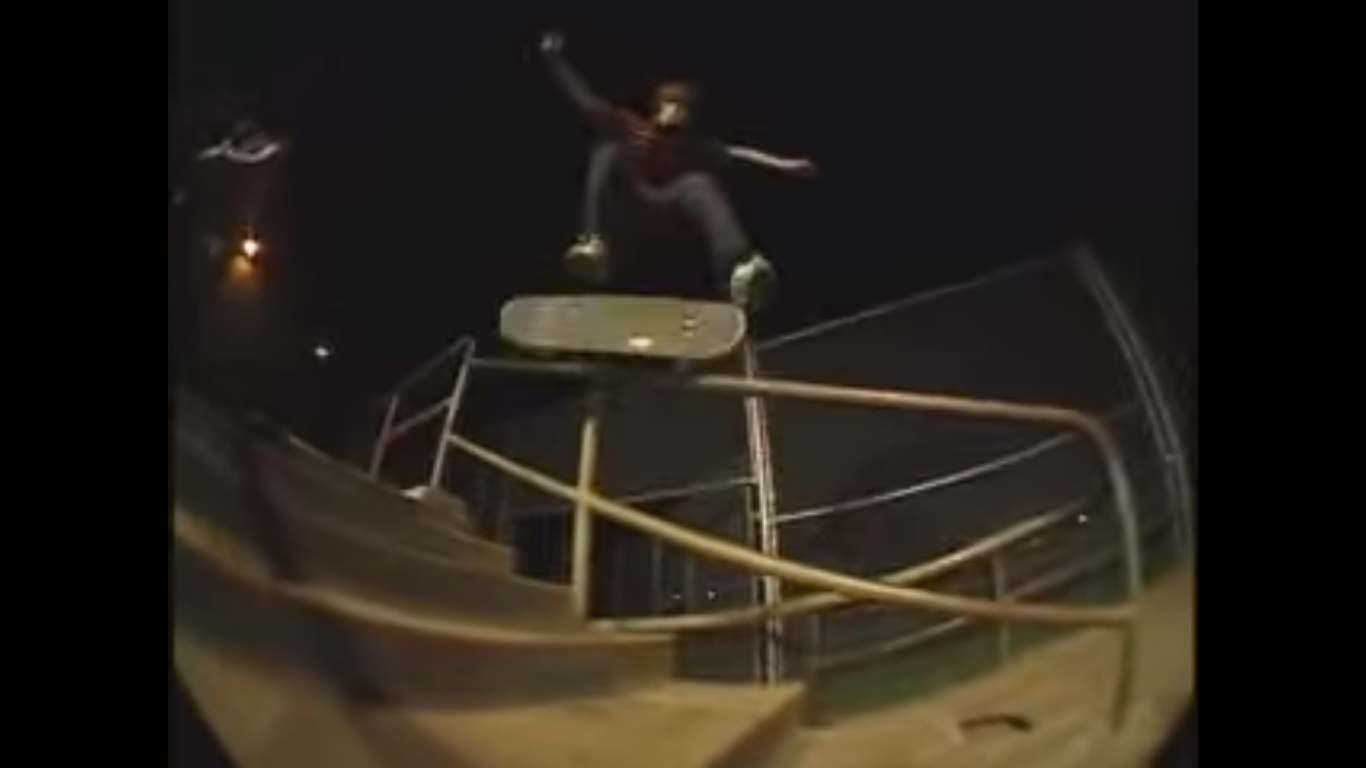How To Go Pro | Part II: “Our Little Mascot”
In 2005, Shorty’s skateboards released How to Go Pro: An Am Project. The basis of the video was, in some ways, to pass the torch of this influential, generation-defining brand onto a new crop of up and comers (the company had also recently parted ways with three of its most famous pros and was in need of a reboot). Shorty’s was one of the most illustrious skateboard brands of a generation. Having landed Chad Muska during his ascendant popularity in the mid 90s, the company rode a wave of global popularity for skateboarding, a boom time, which, in many ways, the company would come to define. From the release of Fulfill the Dream in 1998 to the early 2000s, it was incredibly popular, spreading the gospel of both hip hop and raver culture throughout the United States, and around the world. There was an exuberance, and wildness that accompanied Shorty’s. A party. Its team included a lot of big personalities. But it was the company’s centerpiece, Muska, who all the kids wanted to be. He was cocksure, talented, and charming, bringing the hype with him in the form of a ghetto blaster that never left his side, and which he sometimes skated with slung over his shoulder. Such theatrics never subtracted from his skating, though, but rather only seemed to feed into his abilities, motivating him to rattle off tricks that would define a lesser skater’s entire career, as when he filmed half his video part for Transworld’s Feedback (1999) in a single day. Muska was always known as “The Muska”, even to himself, and his presence drove fans to conniptions.
Yet, by 2005, the Shorty’s market share had waned. While Muska had begun hanging out with the Olsen twins, Shorty’s had parted ways with Steve Olson, Peter Smolik, and Toan Nguyen, three of its most popular pros who had set the mold for technical virtuosity, their gaudy style appearing to mirror rap’s increasingly flamboyant lyricism during the same years. The company was looking to reboot its image, and anoint a new crop of skaters to take up its mantle of flashy, over-hyped, and too-stoned tech skating. With How to Go Pro, Brandon Turner, Sammy Baptista, and Andrew Pott were among those selected to bring Shorty’s into the future. Their skating was much more in the mold of the company’s ultra-tech vision. Baptista’s part is almost entirely switch. Turner could throw himself down enormous gaps and sets of stairs with an explosive, kind of gymnastic flamboyance, as if, in switch hard flipping the double set at the San Diego Civic Center, he might tuck himself into a backflip half way through. And Pott exuded scummy street kid, whose style was sketchy, landing everything to see what he could get away with, as if he were on the lamb, and didn’t have time for a better take. They were the three youngsters who had to fill others big shoes, in the shadow of legends, and in many ways, they were poised to do just fine in stewarding the company’s legacy. The point was, they did not depart from Shorty’s image. It was a matter of excellence, precision, and doing unimaginable tricks, but also defying the so-called respectable dress code, and wearing the 50 Cent-era tall tees that signaled an unabashed selfhood, a sort of regal drapery borrowed from hip hop that signaled your royal status.
But then, buried in the middle of the video, there was another skater who didn’t quite fit this mold, but who would, over the rest of his career, prove to be The Muska’s heir apparent: Torey Pudwill. Pudwill was 14 during the time he filmed for the video, a kid who clearly hasn’t outgrown his childish frame. His body is still lanky, and he bucked the skateboard like a newborn horse getting used to its body. He was a valley kid, and lacking the uniform of his compatriots, he looked as though his mom dressed him from clothes she bought at the mall. He was a goofball, a yutz, and even though all the members of the team were extremely young, Pudwill was the only one that clearly seemed to still prefer candy to alcohol. The differences were apparent in the skating, too. Unlike his teammates, whose style was flamboyant, assured, dynamic, and not a little bit intimidating, Pudwill’s skating, albeit highly technical, still reflected the undisciplined bucking of a little kid. Only a few short years before, he was the annoying grom at Simi Valley’s infamous Skate Lab, and his part opens with old VHS footage of Pudwill flying around the indoor skatepark in a helmet that makes his head look like a peanut, as he tries to do triple kickflips out of the fly box—truly childish behavior. And you can still read that hesitation, that insecurity into his most impressive tricks of that time, like a kickflip back noseblunt or a kickflip crooked grind on a handrail, tricks that seem more like he’s testing the waters, and hoping to get lucky, than the more confident, self-assured skating you would expect from an internationally distributed skate video at the time. Hardly the kind of daring that made The Muska famous.
Yet, by the end of the 2000s, Baptista and Pott would both find that this part was, to some extent, a high point in their careers; Turner would make a comeback more than a decade later, but only after his career floundered, and a horrible, life-threatening accident brought him back to his senses. Still, only Pudwill held forth on the trajectory this part foretold, entering into greater prominence for the entirety of the 2010s. He would trade in his little kid style for something groundbreaking and explosive. And, in many ways, his popularity would eventually compete with The Muska’s. In a voice over at the beginning of the part, the elder skater teasingly labels Pudwill with the diminutive nickname, “Little Alfalfa”, though he would walk back his teasing, and offer some kinder words, presciently calling him “our little mascot”. >>> Part III



